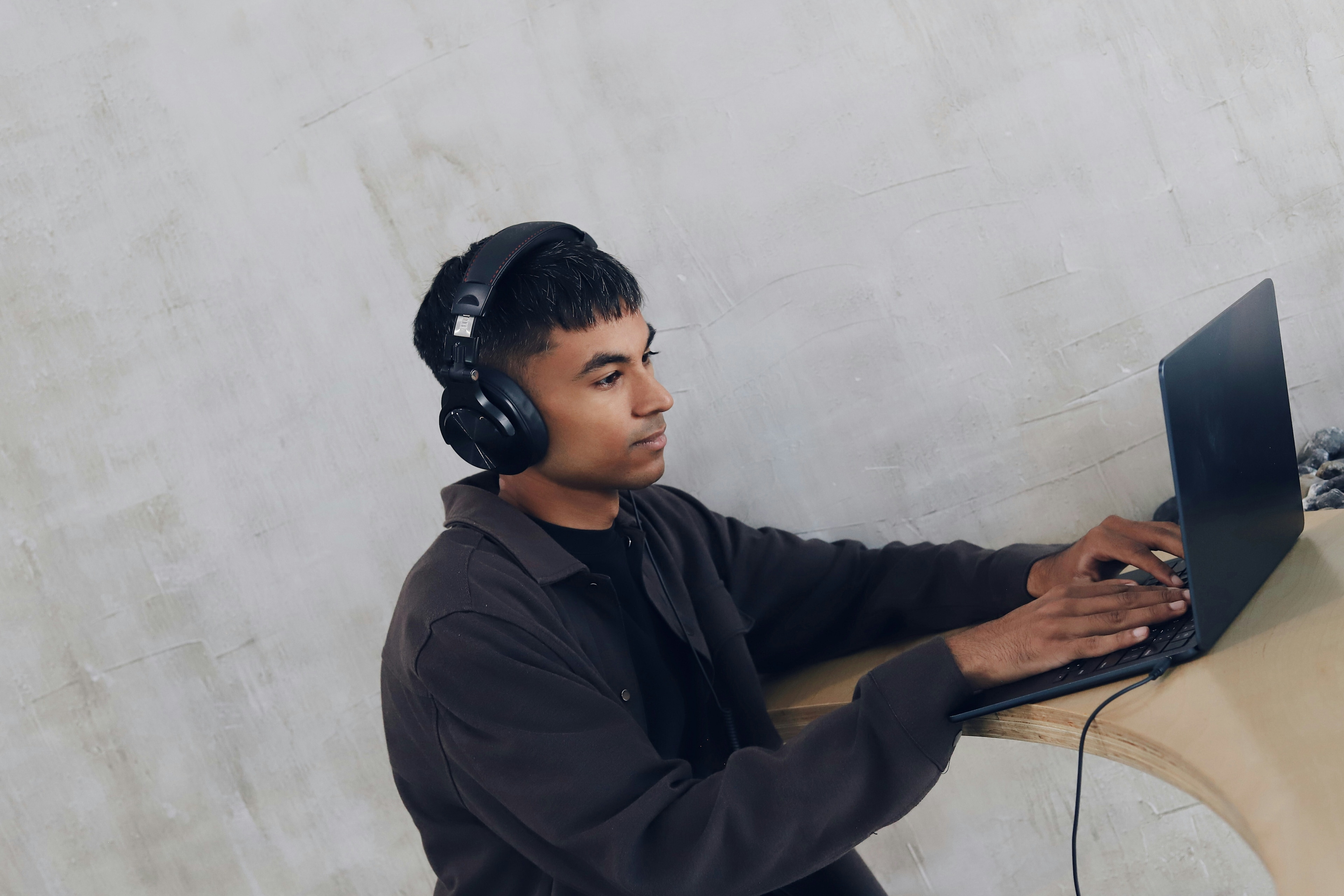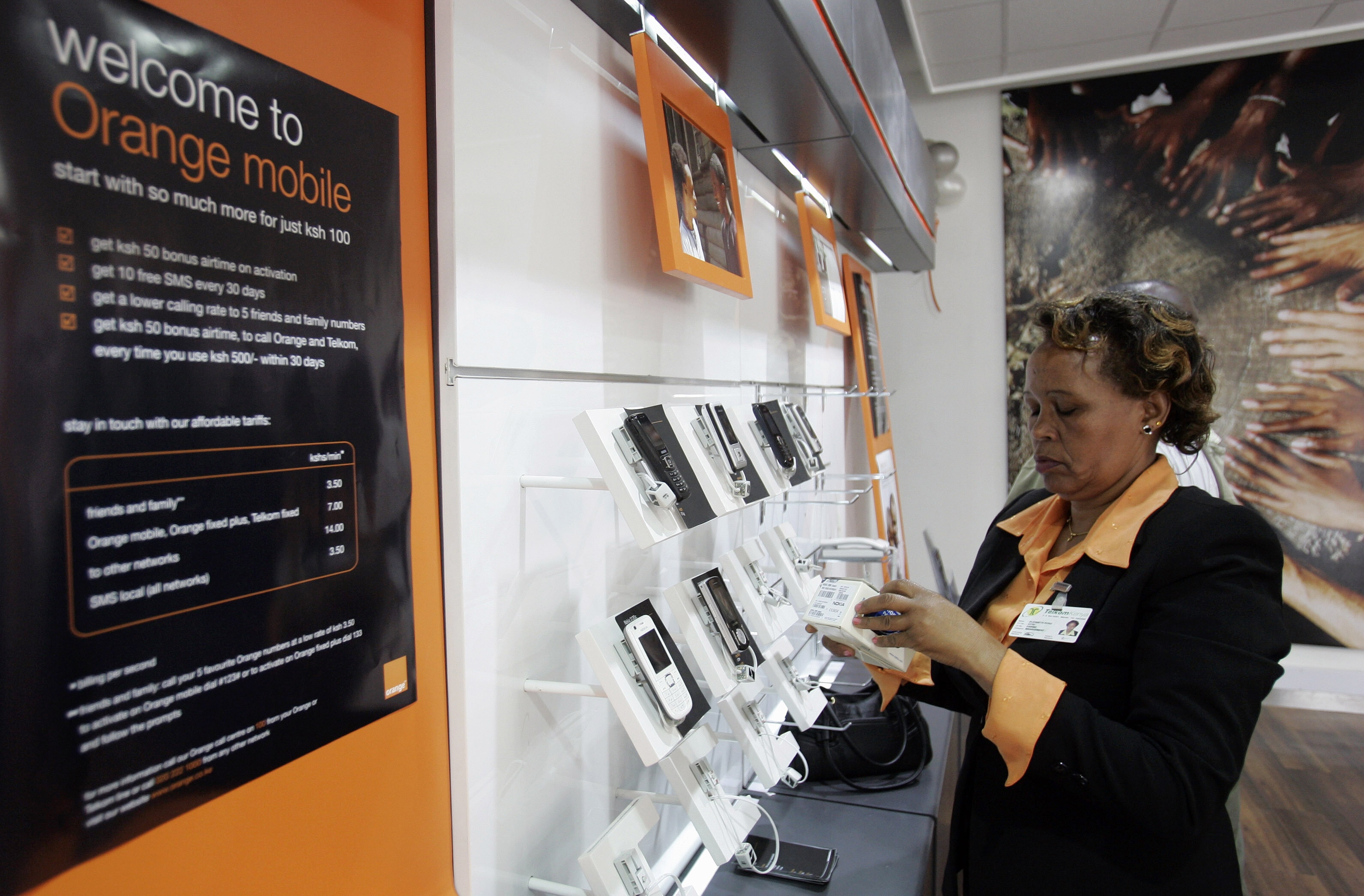Your future coworkers could be a swarm of robots
Meet your new colleagues.
Image: REUTERS/Aly Song
Stay up to date:
Digital Communications
In the future, swarms of robots could help us perform tasks from search and rescue to farming, researchers say.
Imagine there’s a flock of aerial robots searching for a lost hiker, for example. They have to cover a large area of remote bush and a central commander won’t work because they’re so spread out.
So, instead, the robots work cooperatively to calculate the best way to cover and search this large area accurately and speedily.
"We hope to one day create a robotic swarm that can perform and dance like a flock of starlings..."
”This scenario is less Black Mirror than it sounds, and more about focusing on practical solutions for jobs that are difficult for humans to do, says Airlie Chapman from the Melbourne School of Engineering.
Describing the focus of her research in mechatronic engineering, Chapman says “it centers on multi-vehicle robotics, or many robots working together to achieve a common goal”.
Mechatronic engineers explore developments in automation and manufacturing—blending multiple disciplines of engineering. And it can involve creating smart machines that are aware of their surroundings and can make autonomous decisions.
Chapman works specifically in the field of multi-vehicle, or swarm, robotics. Using a combination of mechanical, electrical, and software engineering to build the robots, Chapman then programs the vehicles using algorithms to react and think autonomously.
Many bots are better than one
“There are benefits to using many smaller unmanned aerial vehicles (UAVs) in place of one large one, particularly for jobs like cleaning up an oil spill, environmental monitoring, or searching for survivors of a mine collapse,” says Chapman.
"This is called human-swarm interaction"
”Not only is there the element of redundancy with smaller vehicles—losing one small UAV out of a group is less of a problem than losing a single large UAV—but there are also the implementation benefits. For one thing, there’s the improved coverage capability and reduced cost.
“A swarm of cheap small robots, each with little capability, can replace one costly highly-capable robot,” she says.
In Australia, UAVs are now used for agricultural monitoring as well as for surf and rescue in the ocean, which means getting the job done faster, which is particularly important for time-sensitive applications.
Currently, for rescue operations, a trained lifesaver needs to fly the UAV. But wouldn’t it be easier if the UAV could work autonomously, which avoids taking the lifesaver away from their area of expertise, while adding another pair of “eyes” watching swimmers in the surf?
But Australia’s sometimes deadly surf is just one danger that Chapman and her colleagues’ robots could monitor.
“In bush fire-fighting operations, autonomous systems can work in conjunction with humans. A flock of aerial vehicles could support firefighters by providing critical information on the changing fire conditions.
“As firefighters move with the fire front, the flock can move in concert, better positioning themselves to gather and relay more significant information. This is called human-swarm interaction,” says Chapman.
Solving problems simply
Although it may sound technologically intimidating, Chapman says part of her job is to communicate “easily understood solutions to really complex problems.” And she’s using that skill to drive benefit back into real-world outcomes, in the surf, on the farm, and in the wilderness.
The potential for Chapman’s work to impact across multiple industries is also far reaching, including aerospace and defense, critical infrastructure and logistics, agricultural robotics, and even automation in mining. And it goes back to her goal of removing the human element from “dull, dirty and dangerous tasks.”
While her research looks to the future, Chapman’s inspiration also comes from nature.
“I have always been very maths based. The opportunity to watch something perform and dance to your mathematics is very exciting. You can look at fish swarming, or a flock of birds and you can write the same equation for robots,” she says.
But Chapman says there’s also an increasing opportunity for human-robot interaction and collaboration—combining forces to solve society’s grand challenges.
Teaming up
“In the future, UAVs will become more inconspicuous, acting as big data collectors,” says Chapman. “Smaller vehicles will be a core component here, quietly collecting real-time, bird’s eye information critical for interconnected systems to perform well in aggregate.”
“These robots could provide us with reliable data that increases our knowledge of the world. Precision watering of crops, for example, could supply us with more accurate maps of land erosion, crop health and water run-off, while also minimizing water usage,” she says.
So, robots and humans working together.
This interconnectivity is something Chapman says is a trend we’ll see increasing in the engineering of the future. Whether that’s using robots to improve the efficiency of coordinated rescues in disaster recovery or improving interconnected transportation networks, the potential for multi-vehicle robotics to help humans is unlimited.
“We hope to one day create a robotic swarm that can perform and dance like a flock of starlings—all through mathematics and engineering.”
Don't miss any update on this topic
Create a free account and access your personalized content collection with our latest publications and analyses.
License and Republishing
World Economic Forum articles may be republished in accordance with the Creative Commons Attribution-NonCommercial-NoDerivatives 4.0 International Public License, and in accordance with our Terms of Use.
The views expressed in this article are those of the author alone and not the World Economic Forum.
Forum Stories newsletter
Bringing you weekly curated insights and analysis on the global issues that matter.
More on Emerging TechnologiesSee all
Ivan Shkvarun
July 25, 2025
Anil Gupta and Wang Haiyan
July 25, 2025
Mark Esposito
July 24, 2025
Anthony Cano Moncada
July 23, 2025
Manikanta Naik and Murali Subramanian
July 23, 2025
Kate Whiting
July 21, 2025





